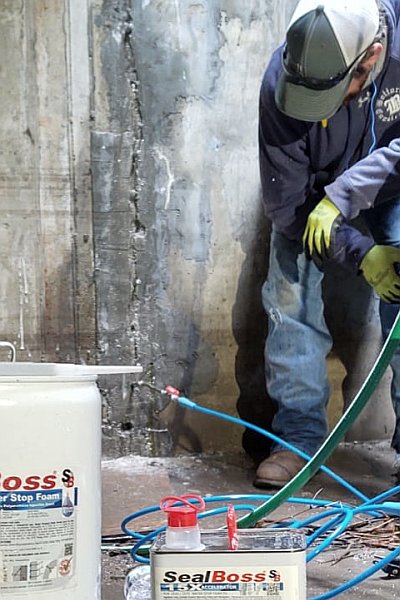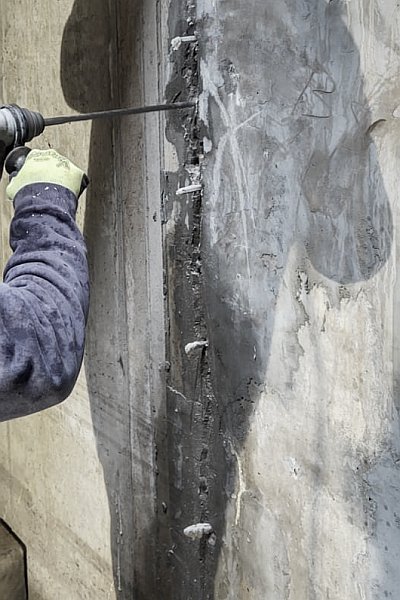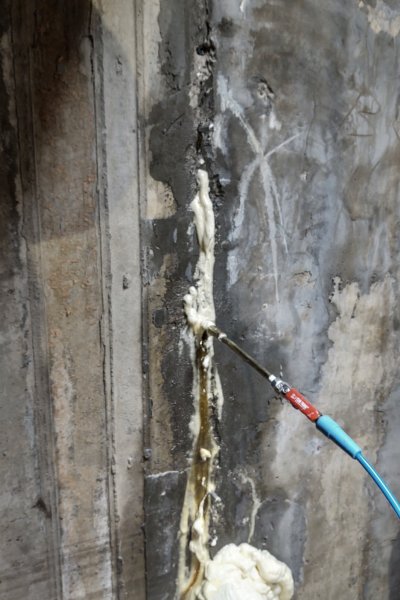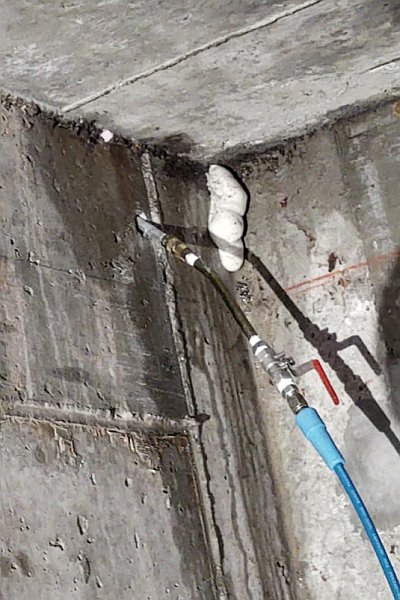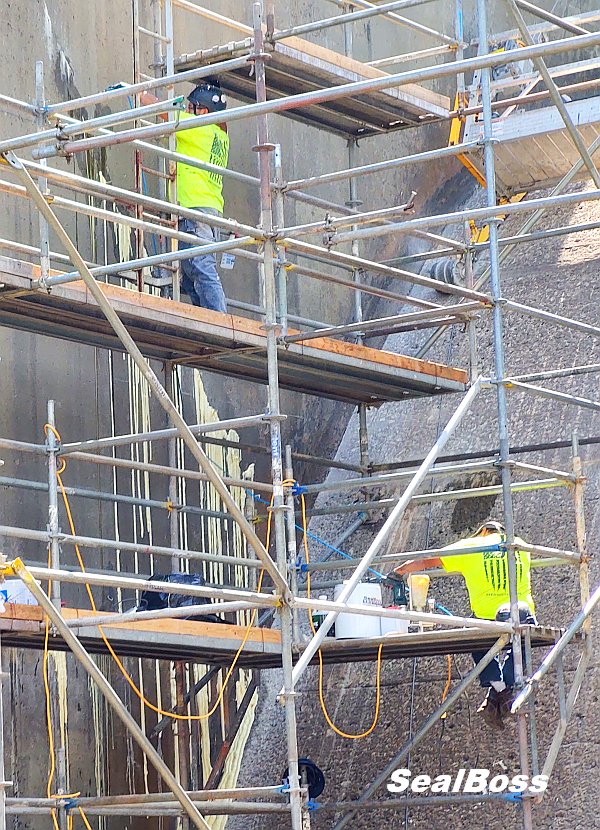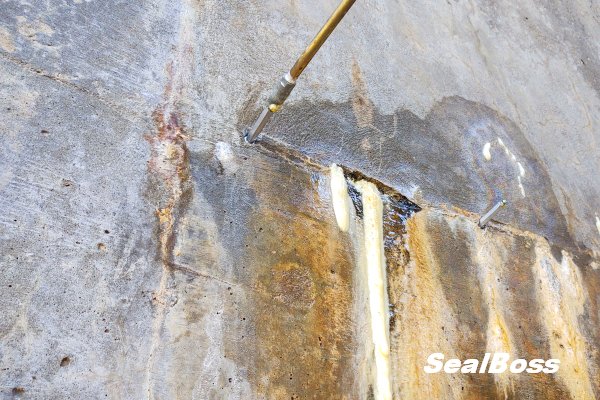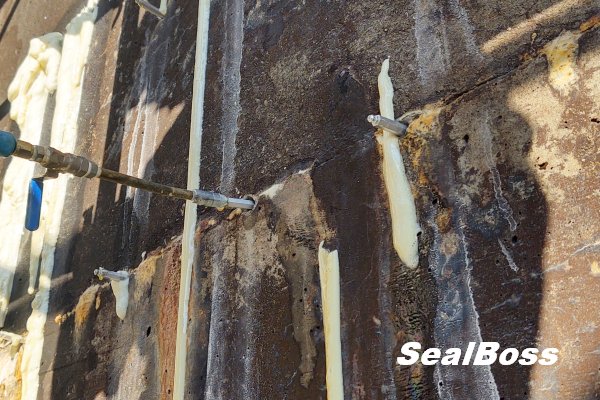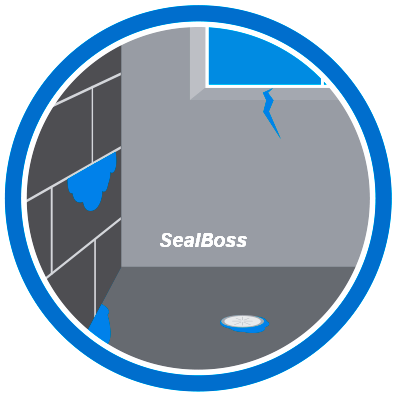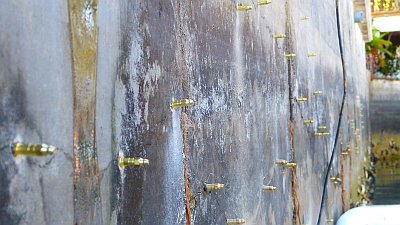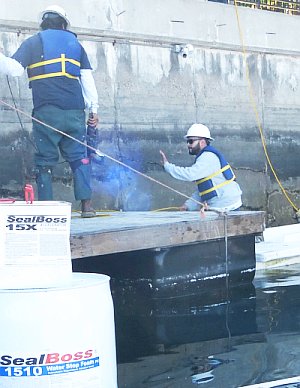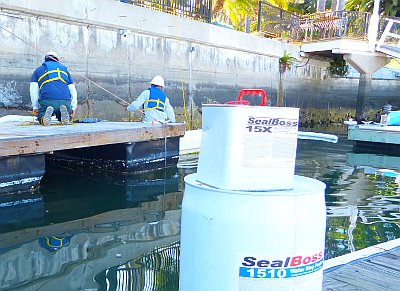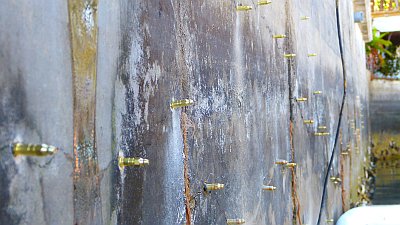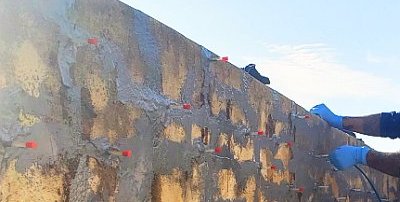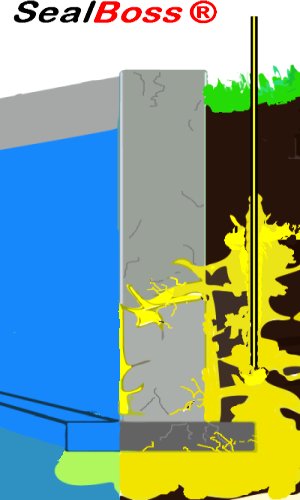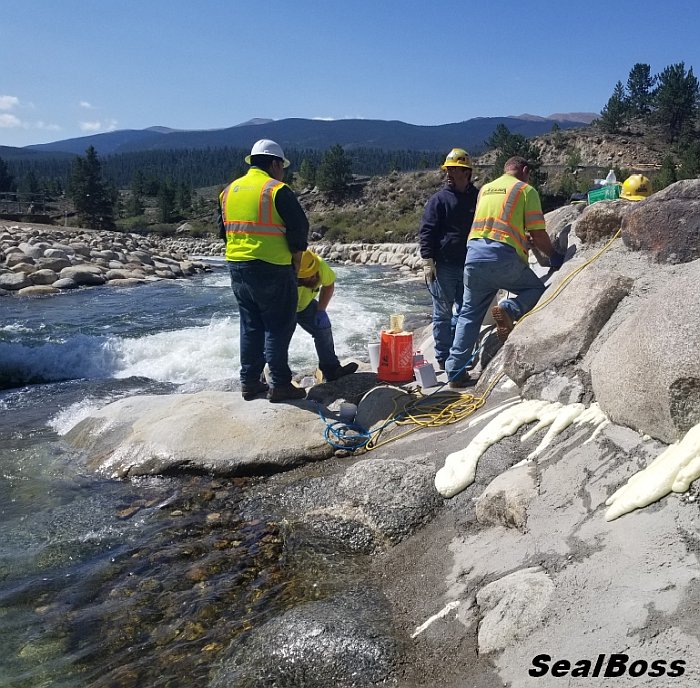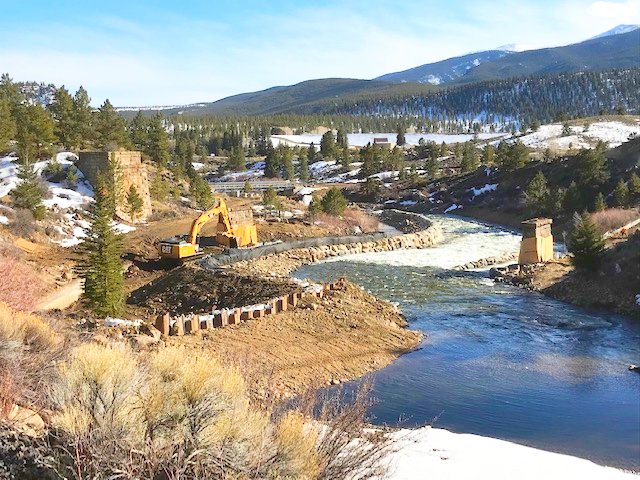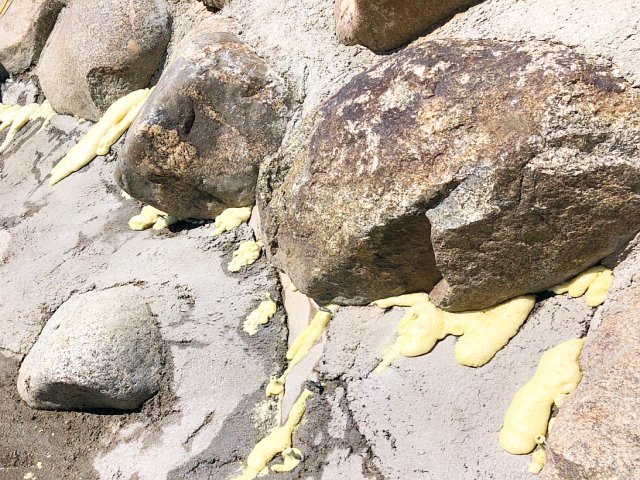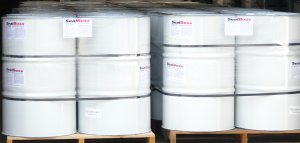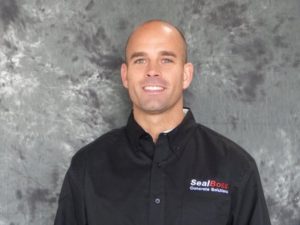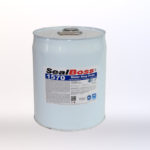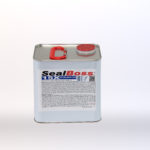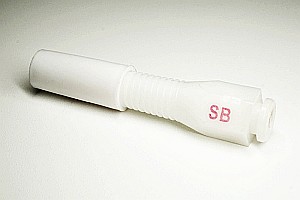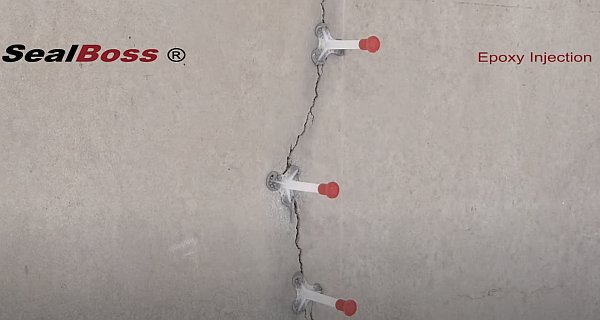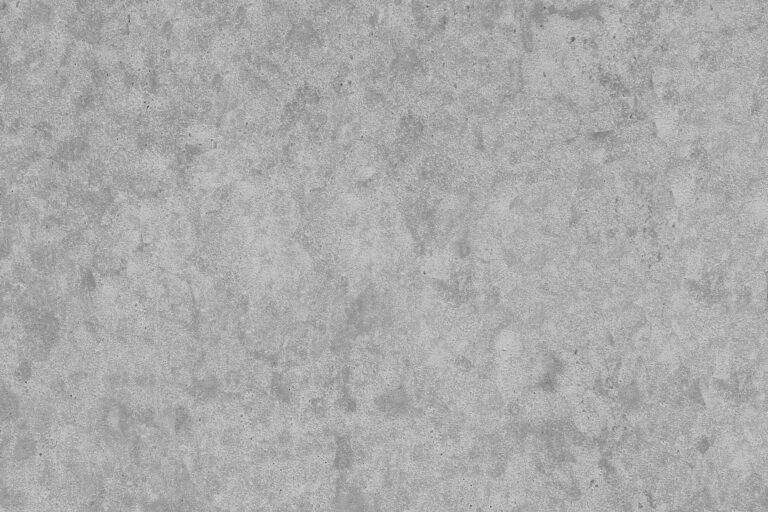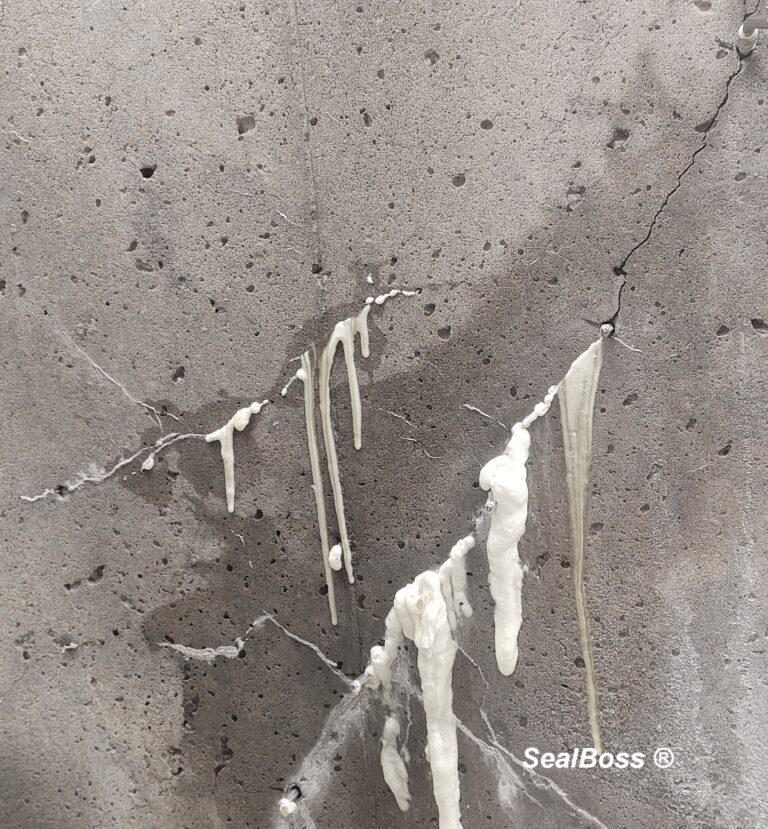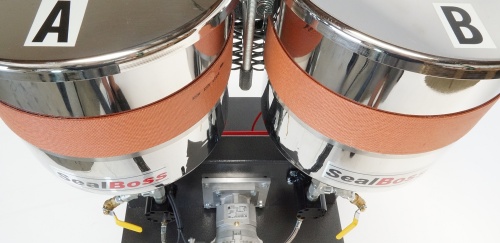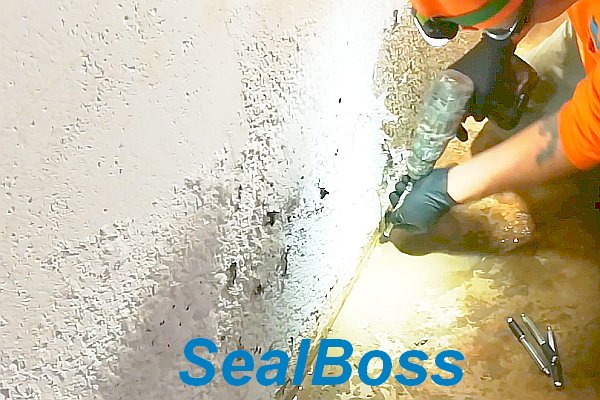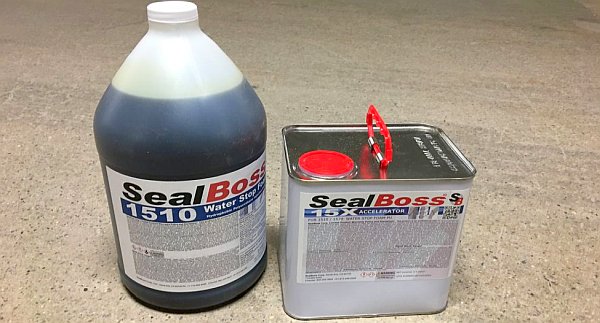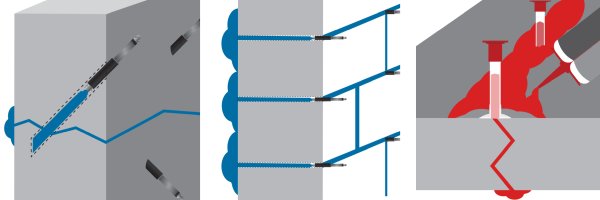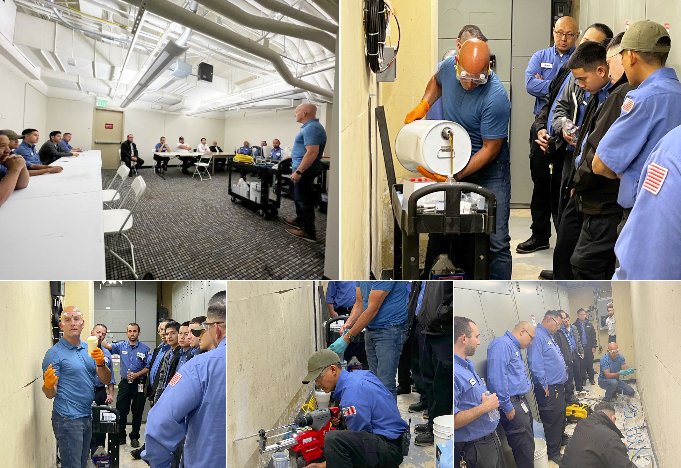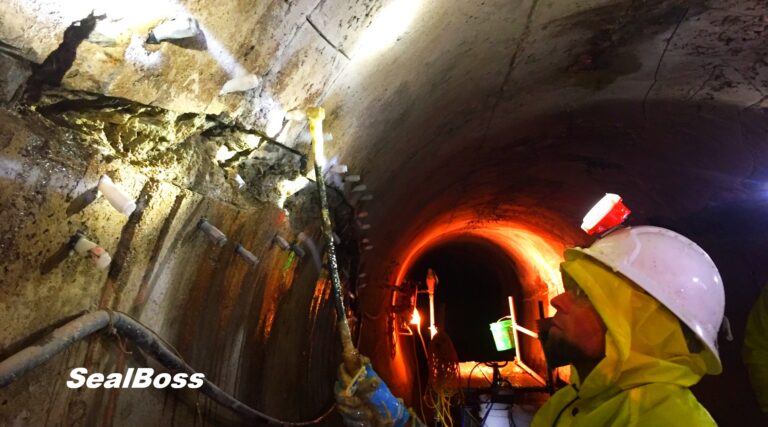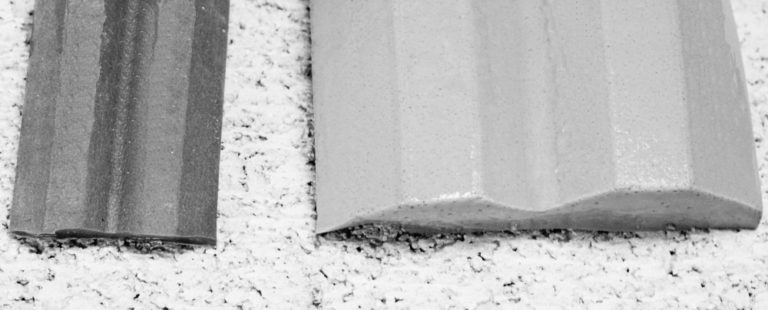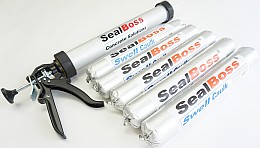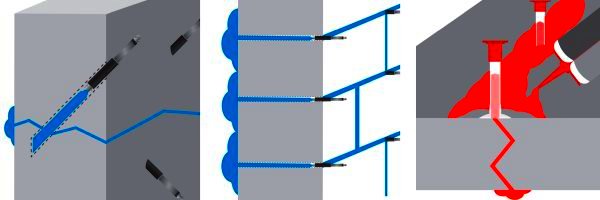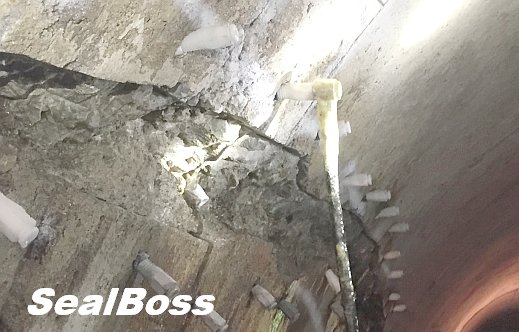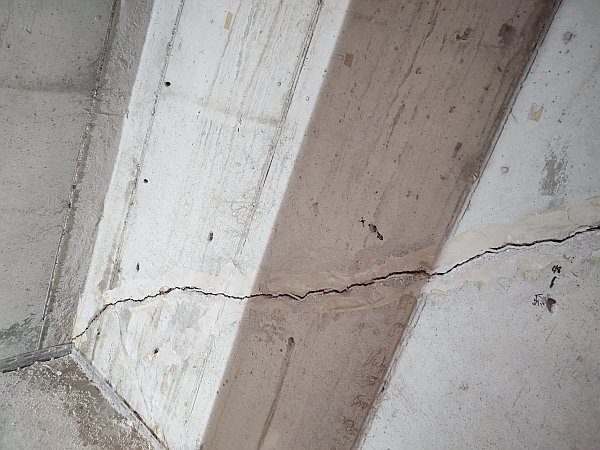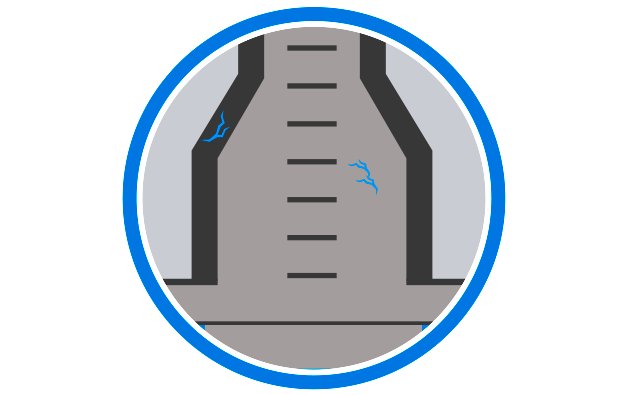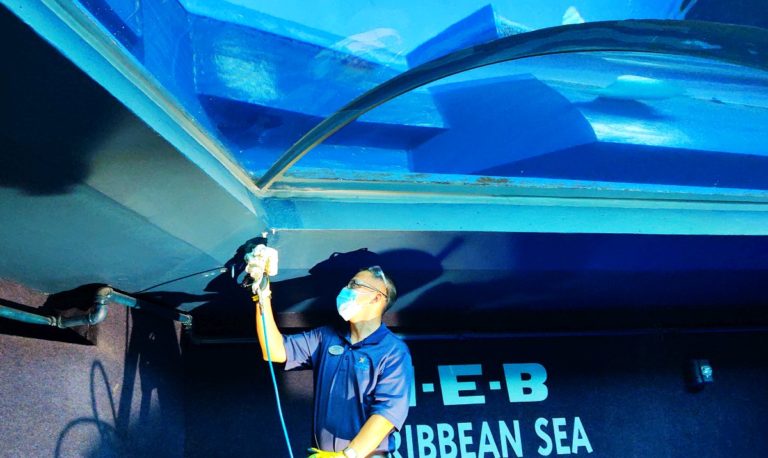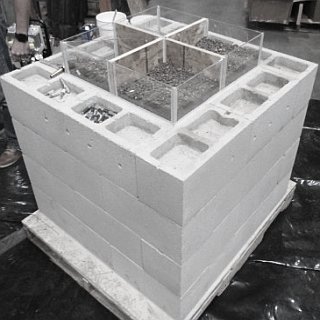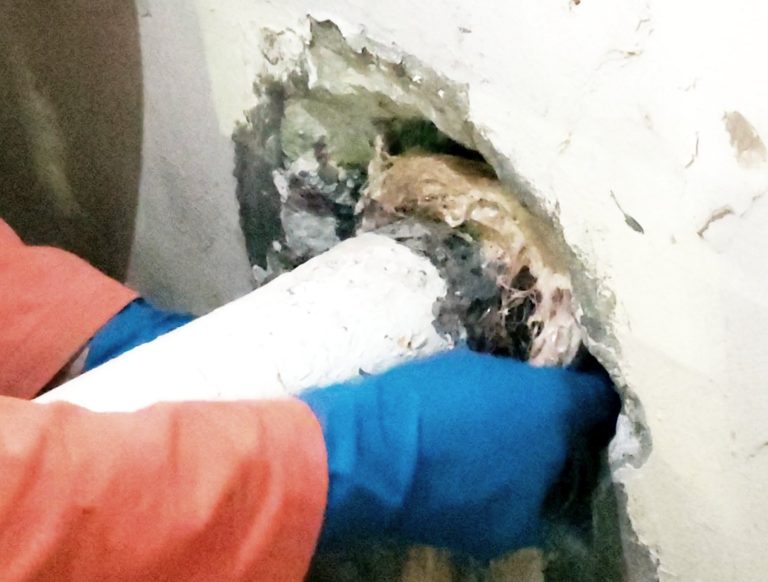Cold Joint Injection
Cold Joint Injection
Leaking Cold Joints Sealed
Cold Joints in Concrete and the Polyurethane Polymer Solution
Introduction
Concrete is a versatile and durable construction material, but like all materials, it has its weaknesses. One such weaknesses is the formation of cold joints. Understanding what cold joints are and how to address them is crucial for anyone involved in the construction or repair of concrete structures.
What are Cold Joints?
A cold joint forms when newly mixed concrete is laid adjacent to or over concrete that’s already started to harden. This situation can manifest due to several factors, including disruptions during pouring or delays in the mixing and transportation of the concrete. This leads to the formation of a distinct boundary, a zone lacking cohesion, where the previously set and fresh concrete converge. Such a boundary weakens the overall structural strength of the concrete, rendering it susceptible to water infiltration and potential leakage. Over time, the presence of cold joints can reduce the overall lifespan of the concrete structure.
The Polyurethane Polymer Foam Injection Solution – Injecting cold joints with polyurethane polymers has emerged as an effective solution to address the issues of water migration and leakage.
Injection Process
Using specialized equipment, the polyurethane polymer is injected into the cold joint. The polymer fills the voids and gaps, creating a permanent seal. The polymer acts as a barrier, preventing water from seeping through the cold joint. The injected polymer reinforces the cold joint, reducing the risk of corrosion, cracks or breaks. With the cold joint addressed, the overall lifespan of the concrete structure can be significantly extended.
Addressing Cold Joints with the SealBoss Injection System – Comprehensive Solution to Moisture and Active Leaks
Cold Joints are common locations where moisture and active leaks are frequently observed. Whether stemming from a flawed waterproofing system or its total absence, we offer a comprehensive solution to address the leak and stop any water intrusion.
Our SealBoss Regional Sales Manager was on-site in Kansas City to train and assist with the injection of below grade cold joints that had begun to actively leak due to failures in the pre-existing waterproofing system.
Both vertical and horizontal cold joints were injected with various levels of leak activity. The contractor drilled the injection holes and installed 1/2″ SealBoss mechanical packers for a tight fit. Based on the conditions the 45 angle drill degree method was used as well a direct into the joint placement was chosen.
The applicator then injected SealBoss 1510 using the P2002 high-pressure single component injection pump. Due to the relatively low temperatures of the substrate the product was catalyzed with approximately 15% of SealBoss 15X highfoamer accelerator. All active leaks were successfully stopped and the Cold Joints sealed.
SealBoss delivers on-site training and specialized technical assistance for tackling cold joint leaks, as well as other concrete structure issues.
Considering a Solution for Sealing Cold Joints During Construction?
Look no further! We not only offer systems specifically designed for sealing cold joints but also provide expert advice to prevent moisture issues right from the construction stage.
Materials and Tools Used
- SealBoss 1510 Leak Sealing Foam
- SealBoss 15X Accelerator
- SealBoss 13-100 Evolution Packers
- SealBoss R70 Pump Cleaner
- SealBoss P2002 Injection Machine
Related Articles
- Water Treatment Plant – Crack Leak Sealing Repair – NSF/ANSI 61 Certified Foam Injection
- Water Treatment Plant Repair
Learn More
Please don’t hesitate to call us at 714-662-4445 with any questions, or request to be contacted here, we look forward to helping you find a solution. On-site support from knowledgeable and experienced technical reps is available upon request.
